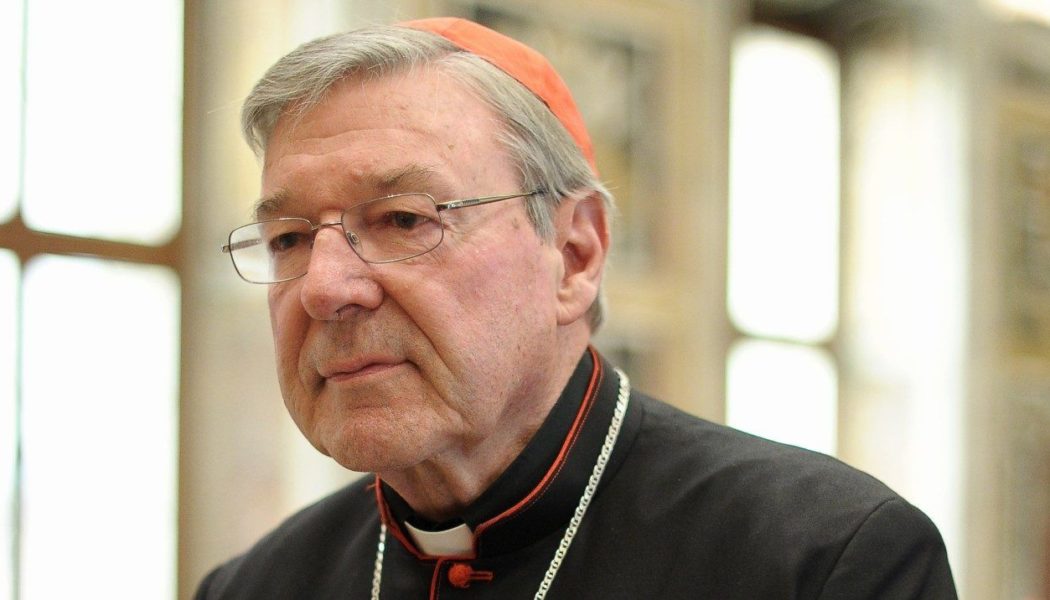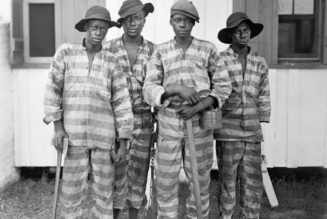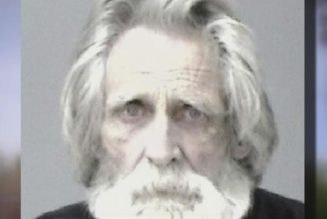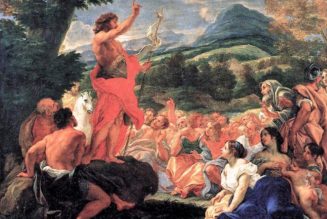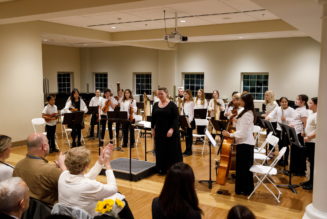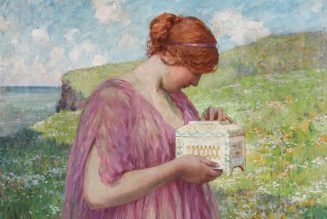
Cardinal George Pell of Australia died Tuesday evening at the age of 81.
The cardinal underwent a hip replacement surgery on Tuesday, several sources told The Pillar, and reportedly died of complications from the surgery at approximately 8:50 p.m. in Rome.
The hip operation was initially deemed a success, with sources close to the cardinal saying that he had been able to make conversation with nurses in his recovery room, before he suddenly went into cardiac arrest shortly before he died.
Pell was appointed in 2014 the first prefect of the Vatican’s Secretariat for the Economy, charged with implementing a program of financial reform in the Vatican. He was before that the Archbishop of Sydney, and had been before that Archbishop of Melbourne.
Pell was in 2018 convicted in Australia of committing sexual abuse during his time in Melbourne, but the conviction was in 2020 overturned by the High Court of Australia, after the cardinal spent nearly two years in prison.
But even while he faced criticism, Pell was regarded by many as one of the 20th century’s central figures in Australian Catholicism. He was regarded as a defender of orthodox Catholic doctrine, and an articulate spokesman for the evangelical and social mission of the Church.
__
Pell was born in Victoria on June 8, 1941. His father George was the manager of a gold mine and a fallen-away Anglican. His mother Margaret was a devout Catholic who raised him in the faith and emphasized frequent reception of the sacraments.
As a boy, Pell was known for his athleticism. He was a football star at school and briefly played in the Victoria Football League reserves.
Believing that God was calling him to priesthood, Pell attended seminary at Corpus Christi College in Werribee, Victoria, and later in Rome, at the Pontifical Urban University, where he received a Licentiate of Sacred Theology. He later earned a doctorate in church history from Oxford. He was ordained a priest at St. Peter’s Basilica on Dec. 16, 1966.
After his ordination, Pell served in several parishes in Australia. In 1985, he was appointed rector of Corpus Christi College, the seminary he had once attended.
In 1987, Pell was named an auxiliary bishop of Melbourne. In 1996, he was appointed Archbishop of Melbourne, and five years later, he was named Archbishop of Sydney.
As bishop, Pell served as a member of the Pontifical Council for Justice and Peace, the Congregation for the Doctrine of the Faith, the Pontifical Council for the Family, and the Congregation for Bishops.
He was made a cardinal by Pope John Paul II in 2003.
In 2012, he was appointed by Pope Benedict XVI as a synod father for the Synod on the New Evangelization.
In February 2014, Pell was named prefect of the Vatican’s newly created Secretariat for the Economy.
The cardinal was charged with organizing, assessing, and centralizing Vatican finances, and suggesting reforms to the financial policy of the Vatican curia. The cardinal clashed frequently with other curial officials as he aimed to centralize accounting systems for the Roman curia, and as he pushed for an external financial audit of Vatican finances.
Pell also served as an adviser to Pope Francis as an inaugural member of the pope’s Council of Cardinal Advisers, known as the C9.
The cardinal took a leave of absence from his office in the Roman curia in 2017, in order to return to Australia to face the criminal allegations with which he was charged.
—
After a controversial investigation, described by critics as “trawling” for accusations, police in the Australian state of Victoria brought charges of sexual abuse against Pell, all of which he strenuously denied.
The central allegation was that Pell sexually abused two choir boys after a Mass in the sacristy at St. Patrick’s Cathedral in 1996, when he was Archbishop of Melbourne. His defense insisted the alleged crime would have been impossible.
The trial, which provoked international attention, began in 2018 and ended, at first, with the jury unable to reach a unanimous decision. A retrial ended with Pell’s conviction on five counts of sexual abuse of two boys in 1996 and 1997.
A second trial, concerning alleged abuse in the 1970s, was planned but did not take place after the prosecution withdrew its case, after which a suppression order preventing Australian media from reporting the cardinal’s conviction was lifted.
At a hearing in March 2019, Pell was given a six-year sentence, with eligibility for parole after serving at least three years and eight months. He was incarcerated in a Melbourne prison but later moved to a maximum-security facility outside the city after a camera drone was flown over the grounds. He was kept in solitary confinement, reportedly for his own safety, and was prevented from celebrating Mass in his cell due to a ban on wine. He was able to attend Mass only five times during the 406 days of his imprisonment.
Pell’s lawyers appealed to the Court of Appeal of the Supreme Court of Victoria, which upheld the conviction in August 2019.
The cardinal then applied to the High Court of Australia, the country’s final court of appeal. His request was granted and his appeal was heard in March 2020. A month later, the court unanimously quashed his convictions and he was immediately released from prison.
The cardinal was watching the television news in his cell when he heard that the court had overturned his convictions. He heard “a great cheer” from inside the jail and was congratulated by the inmates nearest to him.
He would later recount his prison experience in a three-volume memoir. In the first volume, he reflected on spending Easter in jail, the first time in more than 50 years that he had not presided at the Easter Vigil.
“I was not able to turn in the sanctuary to face the congregation and see the light from the newly lit candles spread slowly but surely in fits and starts through the dark vault of the cathedral,” he wrote. “I renewed my baptismal promises quietly to myself, not with the newly baptized and the cathedral congregation. And, of course, I could not consecrate the bread and the wine or receive Communion.”
In addition to the criminal charges, the cardinal was also accused of mishandling allegations of clerical sexual abuse. In 2020, Australia’s Royal Commission into Institutional Responses to Child Sexual Abuse published its finding that Pell failed in the 1970s to sufficiently address child sexual abuse by clerics.
Pell insisted that those conclusions were “not supported by the evidence.”
The cardinal did express regret in 2016 that he “should have done more” to push for some abuse allegations to be better handled during his time as an auxiliary bishop in the 1970s. Pell also said that with 40 years of experience, he regretted trusting that ecclesiastical administrators were properly handling allegations, and that he had been deceived in some cases – although abuse victim advocates have continued to charge that the cardinal enabled abusers during his tenure as Melbourne’s auxiliary bishop.
__
Pell was often a flashpoint in Australian society, on the social and political issues on which he was outspoken, and amid the clerical sexual abuse scandal in the Catholic Church.
For many Australians, the cardinal became inextricably associated with the cover-up clerical sexual abuse in the Catholic Church, while many Australian Catholics long insisted that Pell was at the vanguard of the Church’s safe environment policies and efforts to assist victims.
__
But while surrounded by controversy, Pell was revered by many Australian Catholics, even after the cardinal left Australia for Vatican service.
He was a vigorous defender of the ecclesiastical renewal of the Second Vatican Council, and the host of Sydney’s 2008 World Youth Day, a significant moment for many Australian Catholics.
Pell was, among other things, a supporter of several new ecclesiastical movements in the life of the Church, and regularly met with the leadership of the Neocatechumenal Way, Opus Dei, Focolare, and others. He was known as a reformer of Australian seminaries and priestly life, and, even to his death, spoke regularly with groups of priests and laity around the world.
During his ministry as a diocesan bishop, Pell regularly appeared on television and on the radio in Australia, and was the author of dozens of articles on the Catholic faith.
After he was released from prison in 2020, Pell returned to Rome, where he regularly met with friends and colleagues, and served as an active part of the Church’s life in the Vatican. During the events surrounding the funeral of Pope Benedict XVI, just days before Pell’s death, the cardinal could be seen often on the streets surrounding the Vatican, greeting pilgrims and offering well-wishes to friends.
Funeral services have not yet been announced for the cardinal.
This story is developing and will be updated.
